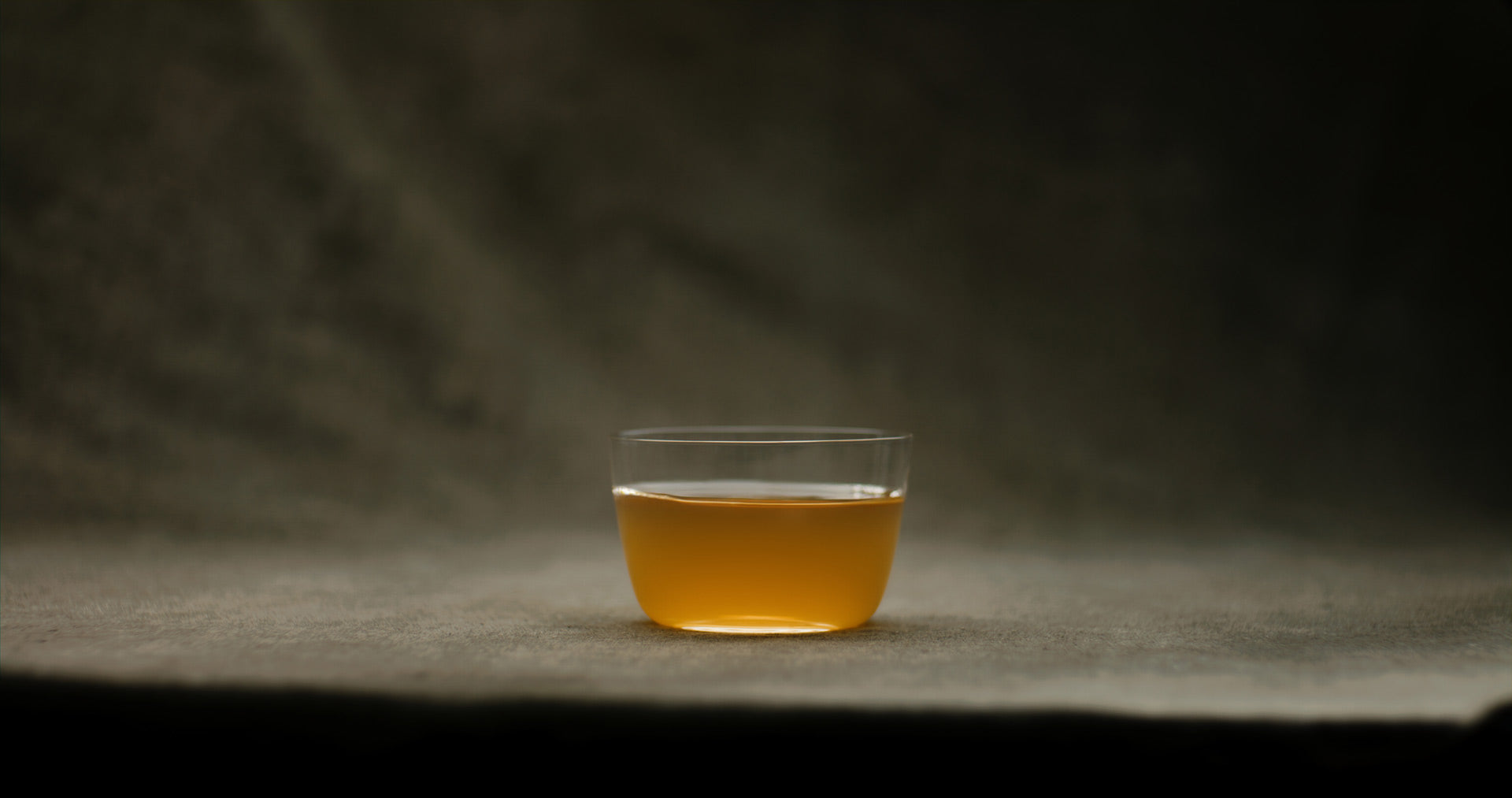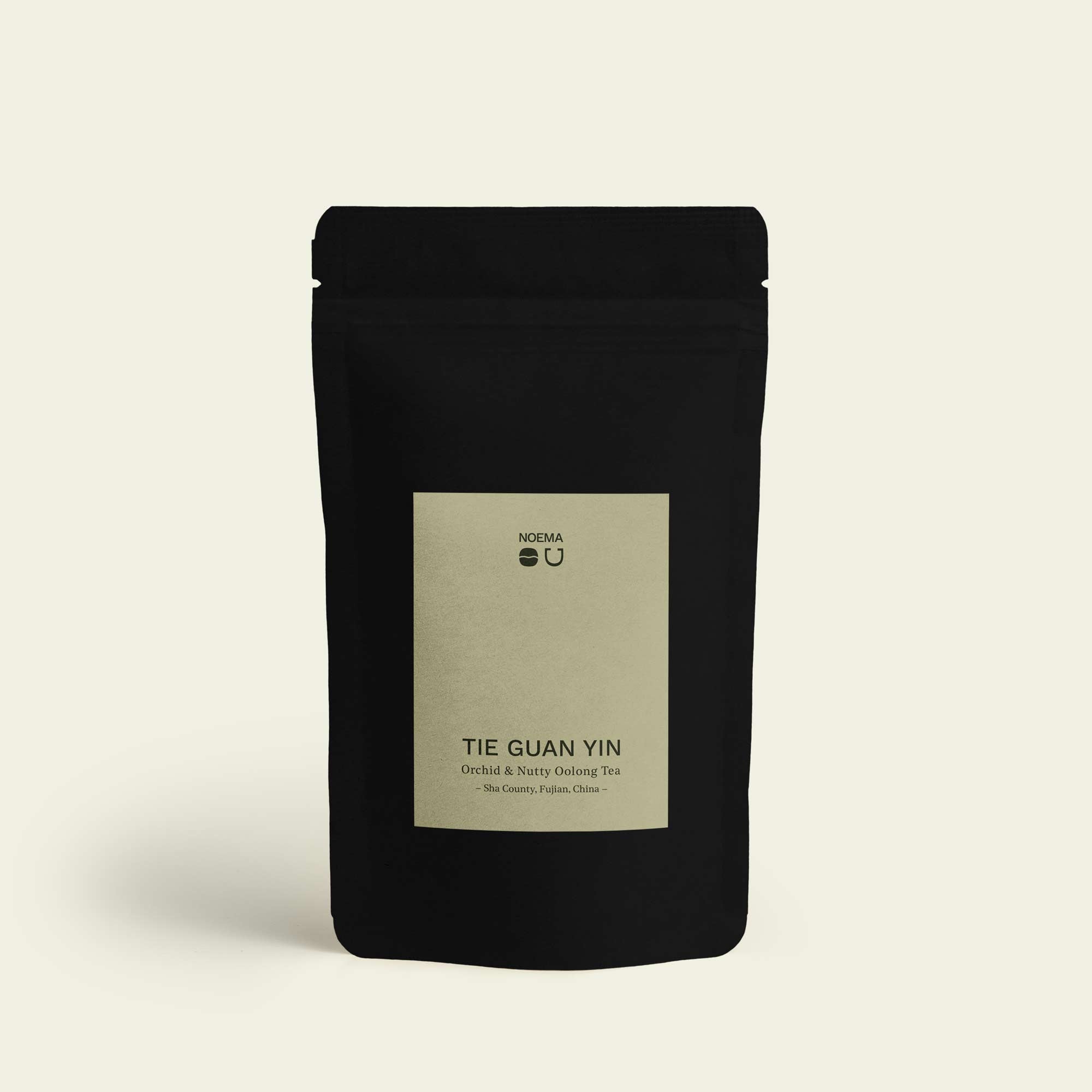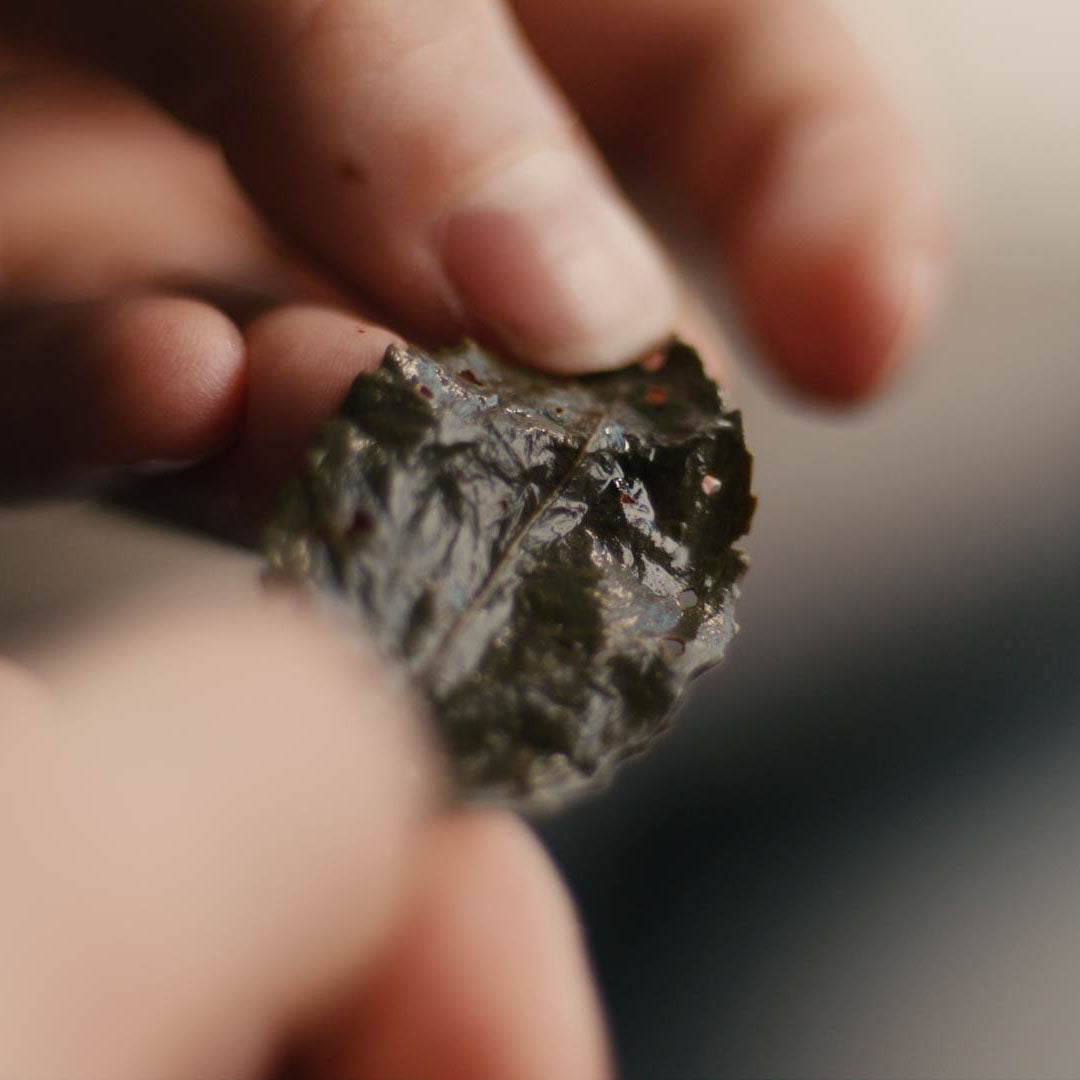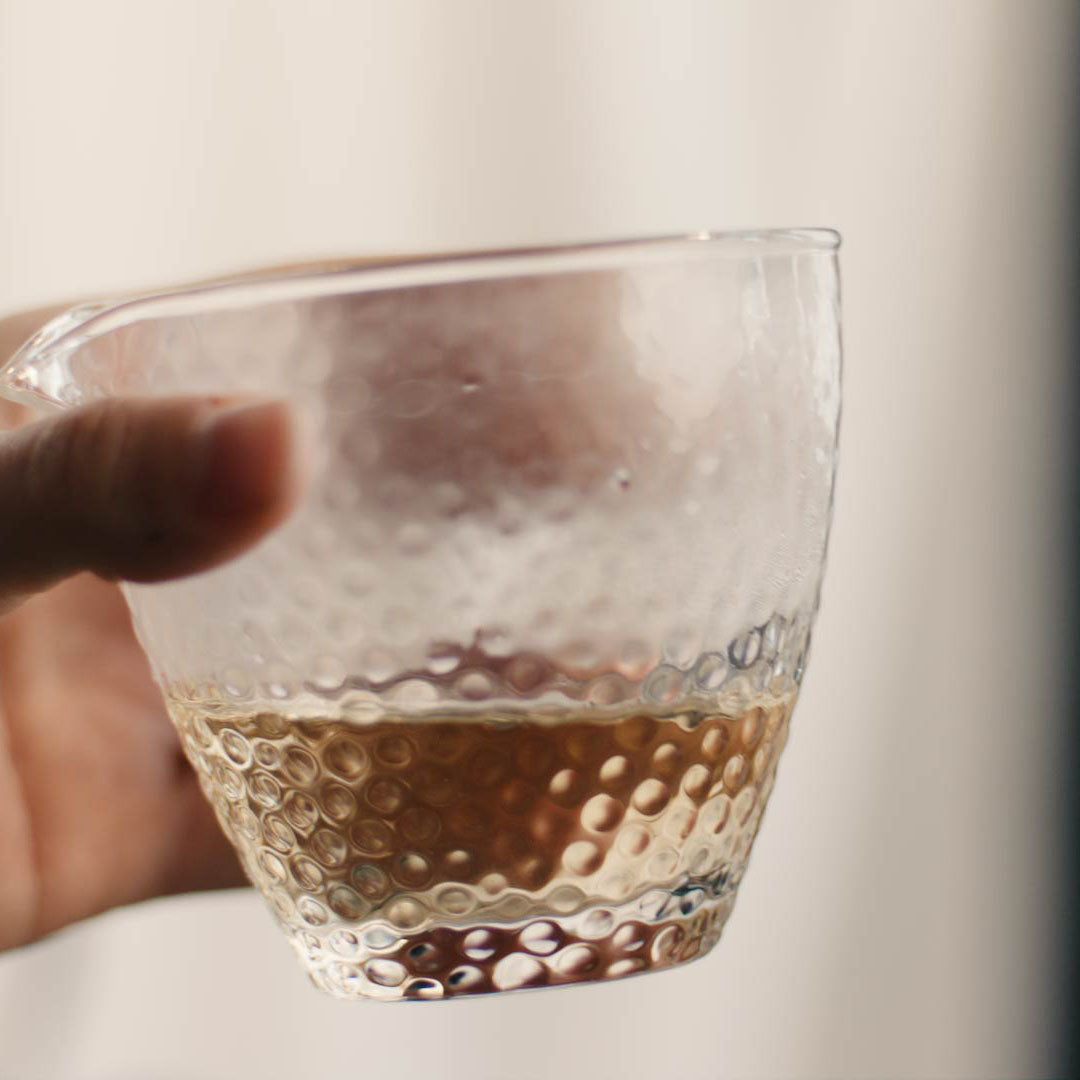
What makes oolong tea so special?
The Diversity of Oolong Tea
Light & floral
Roasted & full-bodied
Fruity & sweet
Bai Hao Oolong

Our favorite Oolong teas
How to make the perfect infusion
Quantity
Temperature
Time
Infusion





Tie Guan Yin
Tie Guan Yin, also known as the “Iron Goddess of Mercy,” is one of the finest Oolong teas from Fujian province. Its loosely rolled leaves unfurl during infusion, revealing a golden-yellow cup with floral elegance and delicate depth.
Character
Mild & delicately tart with fresh orchid notes, gentle nuttiness and an elegant freshness.
Quality
Origin
Tie Guan Yin comes from Sha County, Fujian, where the misty mountains and mineral-rich soils shape its elegance.
Ingredients

The Origins of Oolong Tea
Questions & Answers





